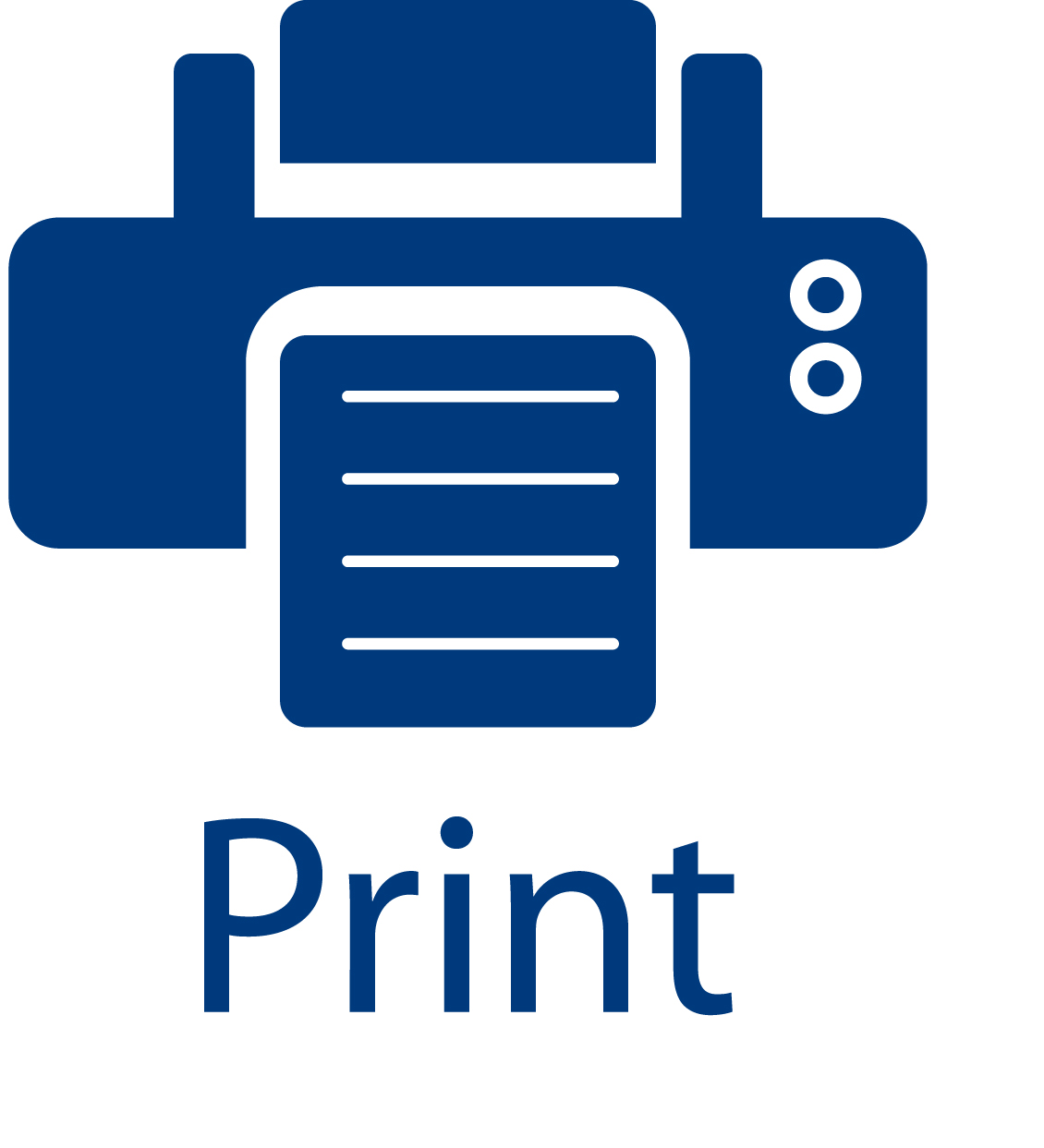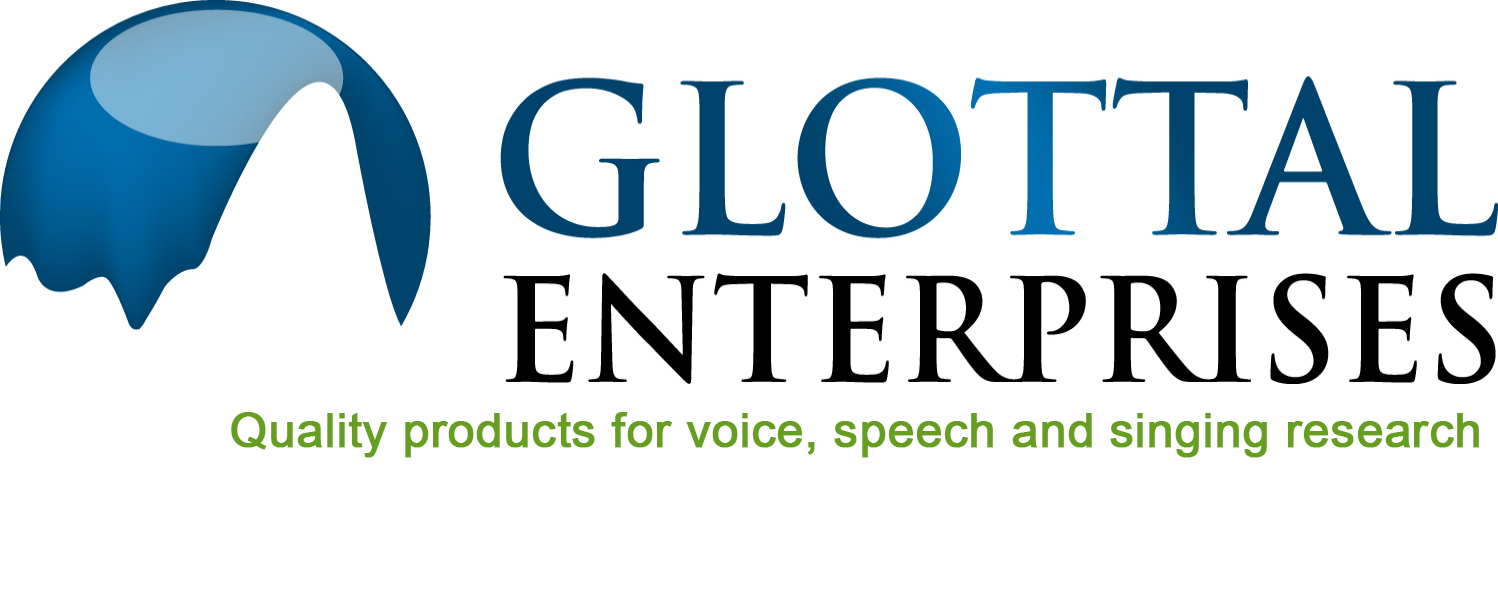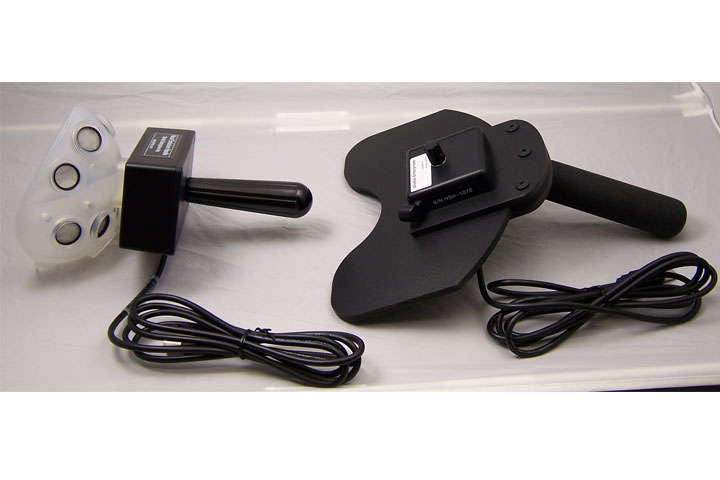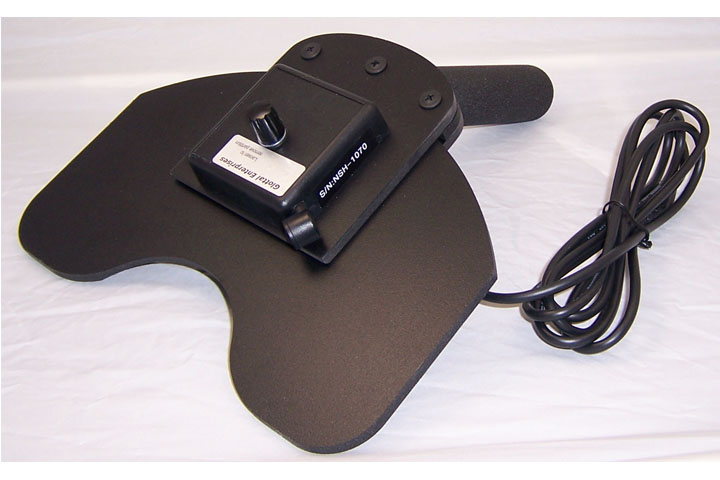The NAS System measures and displays an acoustically-based measure, termed NasalanceNasalance is a measure of the degree of velopharyngeal opening in voiced speech formed by computing the ratio of the amplitude of acoustic energy at the nares, An, to the amplitudes of the total radiated acoustic energy, at the mouth and nose, Am +An. The term nasalance usually refers to this ratio as a percentage: An/(Am+An)X100, that is related to the degree of vowel nasalization and correlates strongly with the degree of velopharyngeal closure during voiced vowels and vowel-like consonants. The NAS System was designed to make it an easy-to-use tool for displaying nasalanceNasalance is a measure of the degree of velopharyngeal opening in voiced speech formed by computing the ratio of the amplitude of acoustic energy at the nares, An, to the amplitudes of the total radiated acoustic energy, at the mouth and nose, Am +An. The term nasalance usually refers to this ratio as a percentage: An/(Am+An)X100 in both research and teaching applications.
The NAS software can be used interchangeably with either a handle that uses the proprietary Glottal Enterprises dual-chamber circumferentially vented (CV) mask, or a Glottal Enterprises Separator Handle which uses a partition plate held against the upper lip. With all handle styles, all electronics required is contained in a rectangular box mounted on the handle, and connecting to a USB port on your computer.
Different configurations are offered in the Product Catalog so that you can purchase the handle style that meets your needs.
Glottal Enterprises does not promote the use of its NasalanceNasalance is a measure of the degree of velopharyngeal opening in voiced speech formed by computing the ratio of the amplitude of acoustic energy at the nares, An, to the amplitudes of the total radiated acoustic energy, at the mouth and nose, Am +An. The term nasalance usually refers to this ratio as a percentage: An/(Am+An)X100 System for clinical medical applications:
- NasalanceNasalance is a measure of the degree of velopharyngeal opening in voiced speech formed by computing the ratio of the amplitude of acoustic energy at the nares, An, to the amplitudes of the total radiated acoustic energy, at the mouth and nose, Am +An. The term nasalance usually refers to this ratio as a percentage: An/(Am+An)X100 does not directly reflect the subjective level of nasal resonance. One reason is that nasalanceNasalance is a measure of the degree of velopharyngeal opening in voiced speech formed by computing the ratio of the amplitude of acoustic energy at the nares, An, to the amplitudes of the total radiated acoustic energy, at the mouth and nose, Am +An. The term nasalance usually refers to this ratio as a percentage: An/(Am+An)X100 varies significantly with the vowel being spoken. In addition, nasalanceNasalance is a measure of the degree of velopharyngeal opening in voiced speech formed by computing the ratio of the amplitude of acoustic energy at the nares, An, to the amplitudes of the total radiated acoustic energy, at the mouth and nose, Am +An. The term nasalance usually refers to this ratio as a percentage: An/(Am+An)X100 also is strongly affected by nasal consonant coarticulationThe influence on the production of a speech sound of a neighboring speech sounds. For example a vowel following a nasal consonant is usually pronounced nasalized, whereas nasal resonance is not.
- It is difficult to establish ‘norms’ for nasalanceNasalance is a measure of the degree of velopharyngeal opening in voiced speech formed by computing the ratio of the amplitude of acoustic energy at the nares, An, to the amplitudes of the total radiated acoustic energy, at the mouth and nose, Am +An. The term nasalance usually refers to this ratio as a percentage: An/(Am+An)X100, given the various factors that can affect the readings, especially the coarticulatory effects and variations in nasalanceNasalance is a measure of the degree of velopharyngeal opening in voiced speech formed by computing the ratio of the amplitude of acoustic energy at the nares, An, to the amplitudes of the total radiated acoustic energy, at the mouth and nose, Am +An. The term nasalance usually refers to this ratio as a percentage: An/(Am+An)X100 readings with the vowel being spoken.
This product is for research and teaching purposes only. It is not a medical device. It is not intended to be used in the diagnosis, cure, treatment, mitigation or prevention of disease and it is not intended to affect the structure or function of the body.
The NAS systems includes the following features:
- Compatibility with Windows 10 and 11
- Data automatically saved in standard 2-channel .wav format
- Adjustable gain to accommodate very quiet speech as well as loud singing
- OroNasalRelating to the mouth and nose mask for minimal acoustic distortion
- Provides real-time feedback
- Ability to calculate nasalanceNasalance is a measure of the degree of velopharyngeal opening in voiced speech formed by computing the ratio of the amplitude of acoustic energy at the nares, An, to the amplitudes of the total radiated acoustic energy, at the mouth and nose, Am +An. The term nasalance usually refers to this ratio as a percentage: An/(Am+An)X100 over arbitrary amount of time on a previously recorded trial
- Ability to calculate nasalanceNasalance is a measure of the degree of velopharyngeal opening in voiced speech formed by computing the ratio of the amplitude of acoustic energy at the nares, An, to the amplitudes of the total radiated acoustic energy, at the mouth and nose, Am +An. The term nasalance usually refers to this ratio as a percentage: An/(Am+An)X100 including OR not including nasal consonants
- Built-in filter pre-sets for adult male/female and children
- Built-in compensation for acoustical crossover
- Automatic detection of nasal consonants
- Choice of either Glottal Enterprises Separator Handle or Glottal Enterprises OroNasalRelating to the mouth and nose mask
- Easily changeable seaprator plates for the separator-style handle that can be selected to best fit the face of the user, and are easily cleaned
- A mask that is also easily removeable for cleaning and that comes in two sizes, to fit both children and adults. It yields reliable and reproducible nasalanceNasalance is a measure of the degree of velopharyngeal opening in voiced speech formed by computing the ratio of the amplitude of acoustic energy at the nares, An, to the amplitudes of the total radiated acoustic energy, at the mouth and nose, Am +An. The term nasalance usually refers to this ratio as a percentage: An/(Am+An)X100 measurements without the use of head straps or the need for a critical placement that can change during use
- Results can be displayed as either NasalanceNasalance is a measure of the degree of velopharyngeal opening in voiced speech formed by computing the ratio of the amplitude of acoustic energy at the nares, An, to the amplitudes of the total radiated acoustic energy, at the mouth and nose, Am +An. The term nasalance usually refers to this ratio as a percentage: An/(Am+An)X100 or OralanceOralance is a measure of the degree of velopharyngeal opening in voiced speech formed by computing the ratio of the amplitude of acoustic energy at the mouth, Am, to the sum of the amplitudes of the acoustic energy at the mouth and nose, Am+An. The nasalance and oralance will sum to unity, or 100% if expressed as percentages
This product is for research and teaching purposes only. It is not a medical device. It is not intended to be used in the diagnosis, cure, treatment, mitigation or prevention of disease and it is not intended to affect the structure or function of the body.
| NAS-1 Sep-Multi User |
|
| NAS-1 Mask |
|
| NAS-1 Pro |
|

This product is for research and teaching purposes only. It is not a medical device. It is not intended to be used in the diagnosis, cure, treatment, mitigation or prevention of disease and it is not intended to affect the structure or function of the body.
1. What are the relationships between the NAS system, the NEM system and the NVS system?
| There are a number of ways that our systems for visualizing nasality can be purchased. The full Nasality Visualization System (NVS) includes the capability for measuring Nasal Emission (NEM-1, formerly NE-1) and the system for measuring nasalance (NAS-1 system). As part of the NVS system, the NAS-1 system has both the mask and partition options. (Nasal Emission measurement requires the mask.) There is a price advantage when purchasing the complete NVS system over purchasing the NAS-1 and NEM-1 separately. |
2. Some clinicians believe that the measure “nasalance” refers only to the numbers resulting from a version of a nasometer marketed by KayPentax, or previously by Kay Elemetrics. Is that true?
| No, this is not true. The term ‘nasalance’ was proposed by Fletcher and his associates in the early 1970s for the variable measured by his various TONAR systems. KayPentax later adopted it for their version of the TONAR system. It was not originally proposed by KayPentax. [Fletcher, S.G. and Frost, S.D., Quantitative and Graphic Analysis of Prosthetic Treatment for Nasalance in Speech, J. of Prosthetic Dentistry, Vol. 32, 284-91 (1974); Fletcher, S.G., Nasalance vs. Listener Judgments of Nasality, Cleft Palate-Craniofacial Journal, Vol. 13, 31-44 (1976)] The term ‘nasalance’ was put forth as a generic term for this type of measurement and is used that way in the literature. For example, Tim Bressman, in the article "Comparison of Nasalance Scores Obtained With the Nasometer, the NasalView and the OroNasal System" (Cleft Palate-Craniofacial Journal, Vol. 42, No. 4 (2005)) recognizes that there are at least three systems being marketed that measure nasalance. This assumption was accepted by the reviewers and the Journal editors, and has never been challenged in the literature. The term ‘nasalance’ is not a trademark, but a descriptor for a general type of measurement. As another example, Baken and Orlikoff, in their widely respected book Clinical Measurement of Speech and Voice, state that "The term nasalance has been coined to describe this measure". Thus nasalance describes a measure, not the output of a specific device, just as the word ‘weight’ describes a measure, not the reading of a particular scale. |
3. Is it true that when a new version of a nasalance measurement system is put on the market, it is necessary to duplicate previous evaluation studies?
| It is not necessary for a newcomer to a field to replicate previous testing. It is only necessary to determine that the new system is essentially equivalent to, or better than, the old one in performance. |
4. Are the placement and orientation of the microphones and partition important for proper nasalance values to be obtained?
| Using a handle or headset with a partition resting on the upper lip, measurements of nasalance will vary somewhat with the angle at which the partition meets the face. This is true of all devices employing a partition held against the upper lip. However, when using the Glottal Enterprises OroNasal mask for nasal and oral sound separation, the orientation of the mask handle does not affect the readings, as long as the mask makes contact with the face. Thus, the convenience of the partition and the lack of speech muffling may make it preferable for speech training, classroom demonstration, studies of the singing voice and many clinical measurement applications. For the stability required for some research purposes, the mask may be preferred. The Glottal Enterprises nasalance measurement systems offer the user a choice. |
5. Should nasal consonants (periods during which there is an oral closure and no velopharyngeal closure) be included in measurements of average nasalance?
| Mixing of nasal consonants and vowels in a nasalance reading is theoretically incorrect. Nasalance is only properly defined during vowels and vowel-like consonants, when the oral pathway is open. It has no accepted meaning during a nasal consonant when the oral pathway is closed. The Glottal Enterprises software is the only system that allows you to exclude nasal consonants in an average reading by a mouse click. However some users may want to include the “nasalance” values recorded during speech sounds produced as a nasal consonant in a reading of average nasalance, as, for example, in extremely disordered speech or to compare the numbers obtained with values in the literature obtained using older systems that did not have the capability to eliminate nasal consonants. With the NAS-1 system you have a choice. |
6. Why does the Glottal Enterprises system for measuring nasalance have periods in the chart during which no nasalance is computed?
| Nasalance should theoretically only be computed during voiced sounds in which the oral passageway is open. During periods in which there is little or no voice energy, such as the closure of a stop consonant such as /p/ or /b/, or during a fricative consonant such as /s/, /z/, /f/, or /v/, the software in the NAS system uses an acoustic threshold criterion to determine that there is no voiced vowel and does not compute nasalance. During nasal consonants, nasalance is computed, but identified by a change in color (to blue in the present version) so that the user can include or exclude values from average nasalance computations. It is important to realize that all nasalance measuring systems must have an acoustic threshold below which no nasalance is computed. In one popular system however, this threshold is not evident, since there are no gaps in the display. This is apparently caused by using a very long smoothing time, so that a gap is replaced with a dip in the nasalance value. The result is that the user cannot verify that the threshold was indeed set correctly (if it isn't, there will be an error in average nasalance computations) and the structure of the phrase or sentence will not be readily discernible. In the Glottal Enterprises nasalance system, the smoothing time is kept short enough so that the consonants and pauses are clearly identifiable. |
7. How does the Glottal Enterprises system for automatically marking nasal consonants work?
| The theoretical basis for marking the approximate duration of a nasal consonant depends only on the presence of an oral closure and thus is valid for both normal and disordered speech. No judgment is made concerning the phonological intention of the speaker. As long as the oral passageway is open, the nasalance cannot rise above about 70% (assuming no strong obstruction in the nasal passages). When a complete closure of the oral passageway is approached (as in a nasal consonant), the nasalance will quickly rise above 70%. The NAS software identifies nasalance values above approximately 75% as being associated with an oral closure and, therefore, a nasal consonant. (If both nasal and oral passageways are closed, as in the closure of a stop consonant, both the nasal and oral energies will be small – that is, below threshold – and no nasalance value is computed.) |
8. Can systems for measuring nasalance be used for measuring nasal emission in pressure consonants?
| No. If a manufacturer claims that its nasalance system does measure nasal emission, it is a misstatement |





